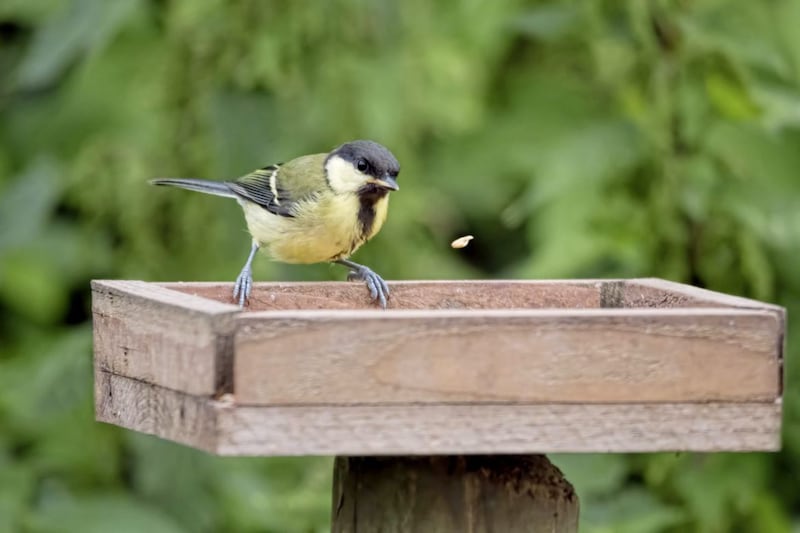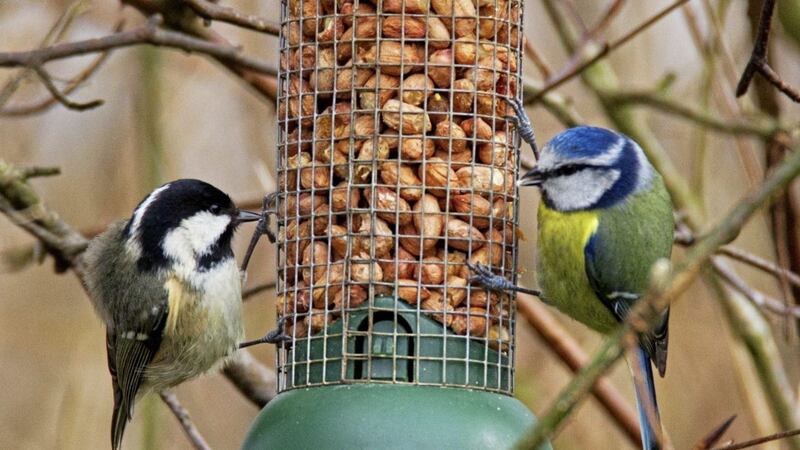THE local rooks and jackdaws begin their aerobatic movements a little earlier each evening with the shorter days and fading light. The swirling birds darken the sky further as they noisily but purposefully track towards their nearby woodland roosting site, a ritual which will continue through the winter months.
Having passed the autumn equinox, and Michaelmas day, September 29 (Feast of St Michael), we are ill-advised to pick blackberries, as legend tells us this is the day the Archangel cast the devil out of heaven, for him to land on the blackberry bush. Cursing the thorns which hurt him, he is said to have scorched the fruits with his fiery breath before contaminating them with his spit, making them unfit for human consumption.
This edge into winter brings great change for our birdlife, with many summer migrants having already departed our shores, leaving resident species with the task of finding enough nourishment to carry them through winter, when lack of natural food and frosts make birds vulnerable.
With natural habitats continuing to diminish, feeding wild birds in our gardens, however small, can provide them with an important lifeline and contribute to their conservation. It also helps us develop a much better knowledge of bird species and their characteristic behaviours.
Although many enjoy feeding birds all year, I prefer to confine it to the winter months, beginning in late October, by which time birds will have fully availed of nature’s bounty of berries, fruits and nuts from our hedgerows and trees.
Creating a feeding station doesn’t require great expertise and can be developed by using a bird table as the centre of activity alongside other natural features in your garden. If you do choose to erect a bird table, some important points are worth remembering. Make the design simple, with a 30cm x 30cm square tray, supported by a post at a height of at least 4/5ft from the ground.

A centimetre-high rim around the edge of the tray will help stop food from blowing off, with gaps left at the corners allowing rain to drain away and make cleaning easier.
Although not essential, a roof will keep food and feeding birds drier. Position the table in an open spot with the cover of some bushes or shrubs nearby, affording birds the opportunity to perch while looking on and providing safety to dash to if disturbed when at the table. Keep it away from fences and trees where cats will lie happily in wait, ready to pounce.
You can add nut feeders, seed hoppers and accessories to attract the more acrobatic species like blue-tits, siskins and goldfinches. Many seeds are favoured, especially sunflower hearts and nyjer seeds, their rich oil content enjoyed by numerous birds.
Unsalted peanuts are also very popular, often hoarded by coal tits, while mealworms are loved by robins and fat balls provide important energy reserves during periods of extreme cold.
You can make your own by pouring melted lard into an empty coconut shell mixed with seeds and nuts. Questions often arise about bread, which is acceptable to birds but only in small amounts and preferably soaked, making it more easily ingested than dry bread.
Blackbirds, thrushes and dunnocks prefer to feed on the ground, so it is worth scattering some food below the table, especially out-of-date fruit, to accommodate these species.
Finally, a must for any feeding station, a bird bath which provides regular fresh drinking water and the opportunity for birds to have a good splash and keep their feathers in prime condition. Make time to enjoy your garden birds this winter.








